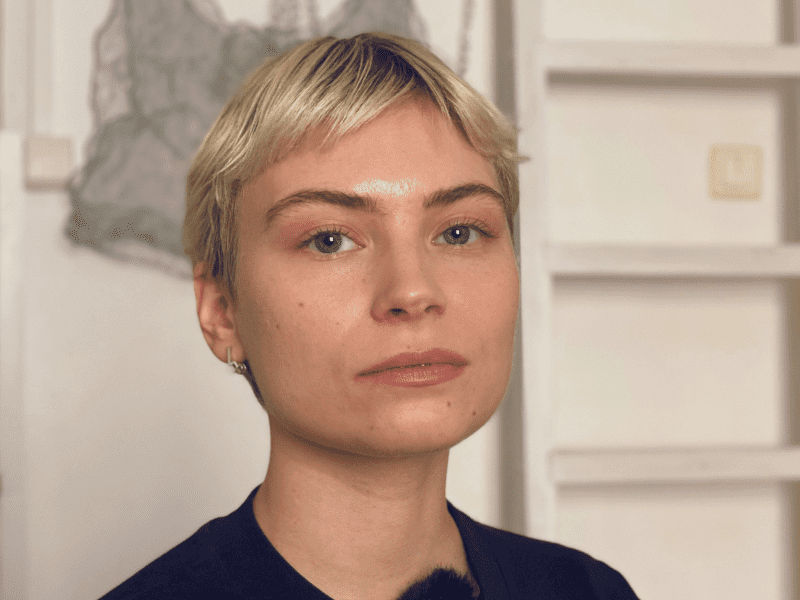Artist and clothing designer Helmi Hagelin strives to participate in the social debate with his work. He is participating in the Y-festival organized by the Ministry of Justice on Saturday in Helsinki.
Hagelin is not only a clothing designer, but also an artist. With his work, he wants to stimulate discussion, make you think.
– I do my work from the perspective of a queer Sámi, and they often deal with the minority status of a minority, Hagelin says.
Hagelin describes that his work often violates society’s norms, such as the gender binary, and subconscious thoughts and repetitive structures often come to the fore.
Helmi Hagelin’s visual art is included in the Y-festival organized by the Ministry of Justice on Saturday in Helsinki. The cultural and human rights event highlights equality, a diverse future, and it is now being organized for the first time.
\”I don’t want to be part of the textile industry’s problem\”
On the mannequin, the ropes begin to take a more precise shape. Helmi Hagelin makes this garment to order, like her products in general, and she does not plan to make collections for stock.
– I don’t want to produce serial production. I don’t want to be part of the textile industry’s problem, he says.
That is why he has chosen to use, for example, leftover materials from construction sites. If there is a need for new textiles, he buys monomaterial, i.e. material containing only one raw material.
The theme is contradictory, because even if one does not want to produce something new, on the other hand, one would have the necessary knowledge and understanding of the field.
– I see that I also have an obligation to use my skills to make the textile industry more sustainable, he says.
Society does not seem to recognize belonging to two minorities
Helsinki is Hagelin’s home now, but he grew up in Lahti. Through his father, his family is from Utsjoki, Saami. Hagelin spent a lot of time there in his childhood and still visits often.
Still, I feel like I have to prove something to someone or fulfill a stereotypical expectation of what Sámi is like or what a Sámi is like.
– As if I have an obligation to fulfill that expectation from the outside, and I cannot be Sámi the way I am. In my opinion, the experience is pretty much the same as coming out in relation to a gender and sexual minority, a \”statement\ he describes.
According to Hagelin, society does not recognize that a person can belong to several different minorities.
– In practice, I should be able to choose whether I am queer or Sámi at this moment. There is an expectation or pressure coming from the outside that I must not be two, because that does not exist for society, reflects Hagelin.
At the Y-festival, Hagelin’s visual work will be seen specifically from the perspective of a queer Sámi. It is an installation, which we hope will spark more discussion on the topic.

